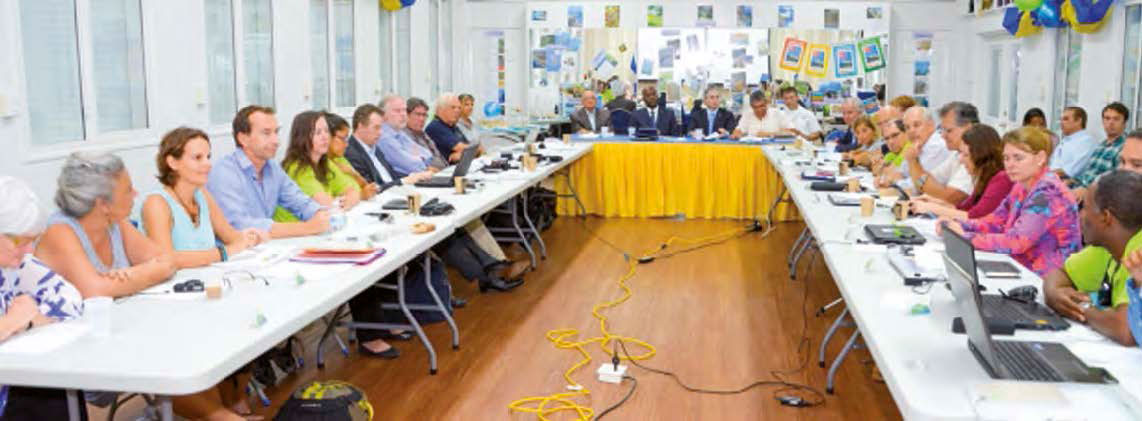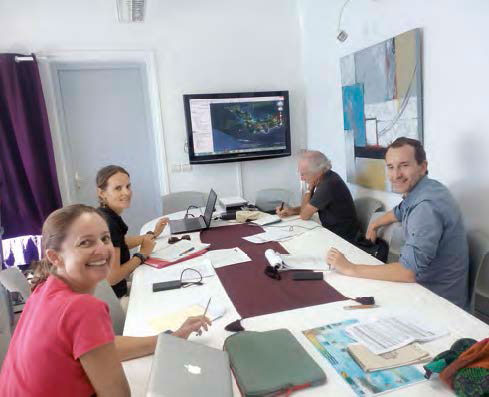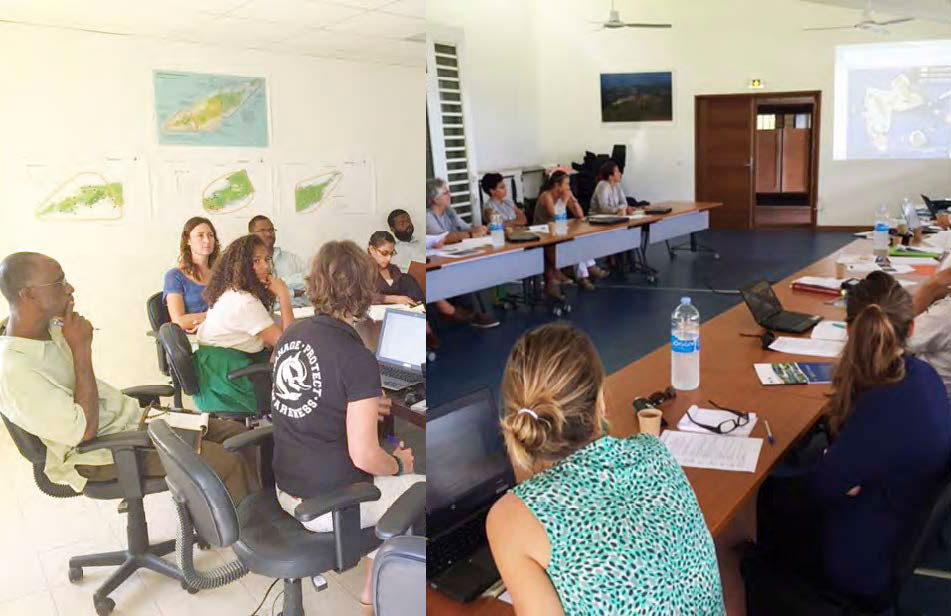The European initiative, BEST, is moving forward rapidly. In the field, Romain Renoux, director of the regional cooperation and education division of the Réserve Naturelle, accompanied by Amandine Vaslet, employee of the SPAW-RAC, who coordinates the project with the Réserve, continues to consult with local contacts on different islands. The goal of these meetings it to identify the challenges facing biodiversity in terms of optimizing environmental protection, based on existing scientific studies in the 15 European territories of the Caribbean: French (Guadeloupe, Martinique, Saint Barth, Saint Martin), Dutch (Aruba, Bonaire, Curacao, Saba, Saint Eustatius, Sint Maarten) and British (Anguilla, British Virgin Islands, Cayman Islands, Montserrat, Turks et Caicos). Once completed, the BEST initiative will allow the European Commission to have the necessary information to select the best projects for financing, so that every euro invested is done so wisely. In Saint Barthélemy, on January 22, 2015, they
In Saint Barthélemy, on January 22, 2015, they met with the Territorial Environment Agency and the association, Saint Barth Essentiel. I
In Saba, on March 24-26, 2015, the board of directors of the Dutch Caribbean Nature Alliance gave them an extraordinary opportunity to meet with representatives of the six Dutch Caribbean islands, and to validate the first proposals with them. 
On March 17, in Anguilla, they met with representatives of the Department Of The Environment and its partner, the Anguilla National Trust. Together, they validated propositions of identification for the 11 sites to consider in priority, on land and at sea. Sombrero Island is one such site, for its coral reefs, its aviary species, and the presence of endemic reptiles. The sites of Dog Island and Scrub Island were also included as well as the 25 salt ponds on Anguilla, with comprise an important reservoir for biodiversity, and of which 12 are considered of major importance.
In Guadeloupe on April 23, in the National Park offices, they took part in a roundtable whose other participants included representatives from the Ministry of Ecology, the Conservatoire du littoral, the Agency for Protected Marine Zones, the Regional Council of Guadeloupe, the Botanical Conservatory of Guadeloupe, The National Forestry Office, and SPAW-RAC, as well as several local associations for the protection of nature. Romain Renoux and Amandine Vaslet presented a map of the archipelago of Guadeloupe, exposing the issues concerning biodiversity in the islands. The discussions allowed for the precise definition of the boundaries of these zones, considered priority in terms of biodiversity conservation, by taking into account the source of their most recent data. BEST @ Anguilla BEST en Guadeloupe Le renforcement


















